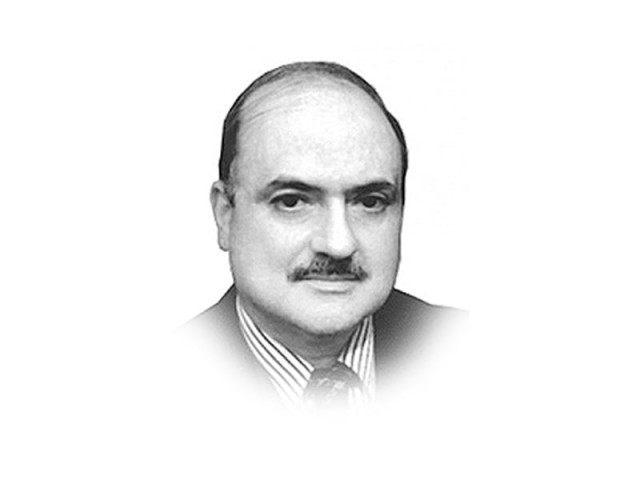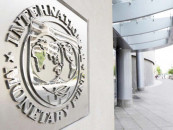Our capital city — a resident’s view
Contrary to the common perception, Islamabad is no longer the bureaucratic haven it once was.

The writer is a former ambassador and former assistant secretary general of OIC.
Contrary to the common perception, Islamabad is no longer the bureaucratic haven it once was. The bureaucrats, with their peculiar swagger and green-plated vehicles, no longer dominate the city as they once did. The city has been over-run by a motley crowd of the nouveaux riches. These comprise the elected representatives on one hand, and on the other, those who have moved from prosperous neighbourhoods of different cities. Then there are ‘economic migrants’ in search of a living and inhabit the makeshift ghettos. The new arrivals have taken away the limelight from the once all-powerful bureaucrats, who now consider it prudent to withdraw to the relative safety of drawing rooms. A by-product of this makeover is the sudden burst of high-class eateries and fancy marriage halls that have sprouted like wild mushrooms after rains. On the negative side is the vast array of beggars, who virtually infest the city.
By far, the most striking feature for a visitor in Islamabad is the virtual absence of a decent public transport system. The founding fathers of the capital, it appears, gave little thought to the transportation needs of the common citizen at a reasonable cost. The much-vaunted plan of a circular railway sank without a trace in the early years of the city’s life. A public sector bus service introduced in the first few years also vanished all too suddenly. What the city now has to offer is a pitiable fleet of ‘minibuses’, mostly operated by reckless drivers who stuff passengers much like the proverbial sardines in a tin. Then, there are a bevy of yellow cabs — most of them in a sorry state wandering aimlessly around the city, rudderless and metre-less.
On the positive side, what Islamabad can rightfully boast of is its greenery. The person who was in charge of planting of trees at the city’s planning stage did a superb job. As a consequence, most roads and avenues exhibit a refreshing green look. But, those in charge of the city’s greenery in subsequent years had little or no experience on how to prune and maintain thousands of trees and bushes that had been planted. The consequence: several areas give a look of unkempt mini-forests.
Cleanliness and hygiene in the city has also been neglected. Several beautiful natural streams criss-cross Islamabad Capital Territory, but most of them have clogged up as residents toss garbage in them to dispose of household waste. And they get away with it as the city’s administration is too busy in its own shenanigans to pay attention.
To accommodate VIPs and ensure their safety, the common resident, meanwhile, is harassed out of his or her wits. Excessive police check posts set up randomly on every thoroughfare — on the pretext of ‘security’ — have a similar effect. While one can understand and appreciate the need to protect the bigwigs, authorities need to spare a wee thought for residents, considering a sizeable chunk of the city — declared the Red Zone — is off-limits to them.
Published in The Express Tribune, December 31st, 2013.
Like Opinion & Editorial on Facebook, follow @ETOpEd on Twitter to receive all updates on all our daily pieces.
















COMMENTS
Comments are moderated and generally will be posted if they are on-topic and not abusive.
For more information, please see our Comments FAQ